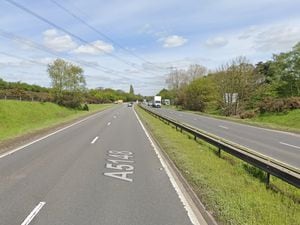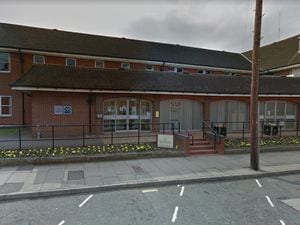Some of Britain’s most coveted stamps to fetch thousands at auction
Some of Britain's most coveted postage stamps are due to go under the hammer and prove how a quirk of fate can transform what was once everyday paraphernalia into sought-after rarities.
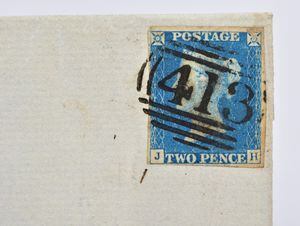
The collection which will go for sale at Richard Winterton Auctioneers’ and will be broadcast live online from The Lichfield Auction Centre on May 13, starting at 9.30am.
It includes fine and rare Great Britain stamps together with a large collection of postcards relating to Cumbria and the Lake District.
Viewing is offered strictly by appointment only on May 12, between 9am and 4pm, and can be booked by phone.

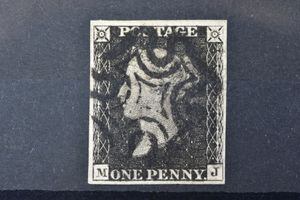
Philatelic highlights include an 1840 Twopenny Blue, the world’s second official postage stamp, on the original ‘wrapper’, estimated to fetch £500.
Except for its denomination, the design matches the Penny Black and it was struck from the same die, although copies of the 2d stamp are significantly rarer.
Phitately specialist Phil Ives said: “When you have a rare stamp with the wrong postmark on an attractive wrapper complete with back-stamps and seal, all the elements really have come together to create a rare beastie indeed.
“It is part of a wonderful early GB collection with an emphasis on quality."
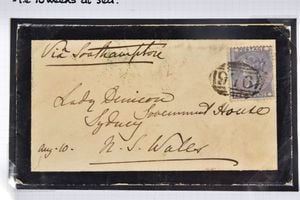
Of the 68 million Penny Blacks printed, just 168,000 were produced from the final plate and Lot 11 in the sale is such a stamp is expected to sell for £600 but could fetch a four-figure sum.
The Lichfield auction also includes numerous Mulready stationary items, the world’s first pre-paid postal stationary, commissioned from the artist William Mulready.
Other desirable stamps in the sale include an example of the first sixpence, an 1857 6d pale lilac on experimental ‘azure’ paper, which is estimated to make £400 to £600.
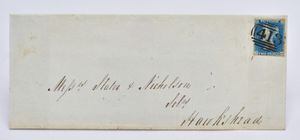
This stamp spent 10 weeks at sea as it was used to post a letter from Windermere all the way to Sydney in Australia via London and Southampton.
There is also a mint £1, 1929 stamp, which was sufficient to cover the cost of airmail.
Some 4,500 postcards, showcasing Cumbria’s rich history and heritage from the Edwardian era to the mid-20th century, are also included in the auction.

